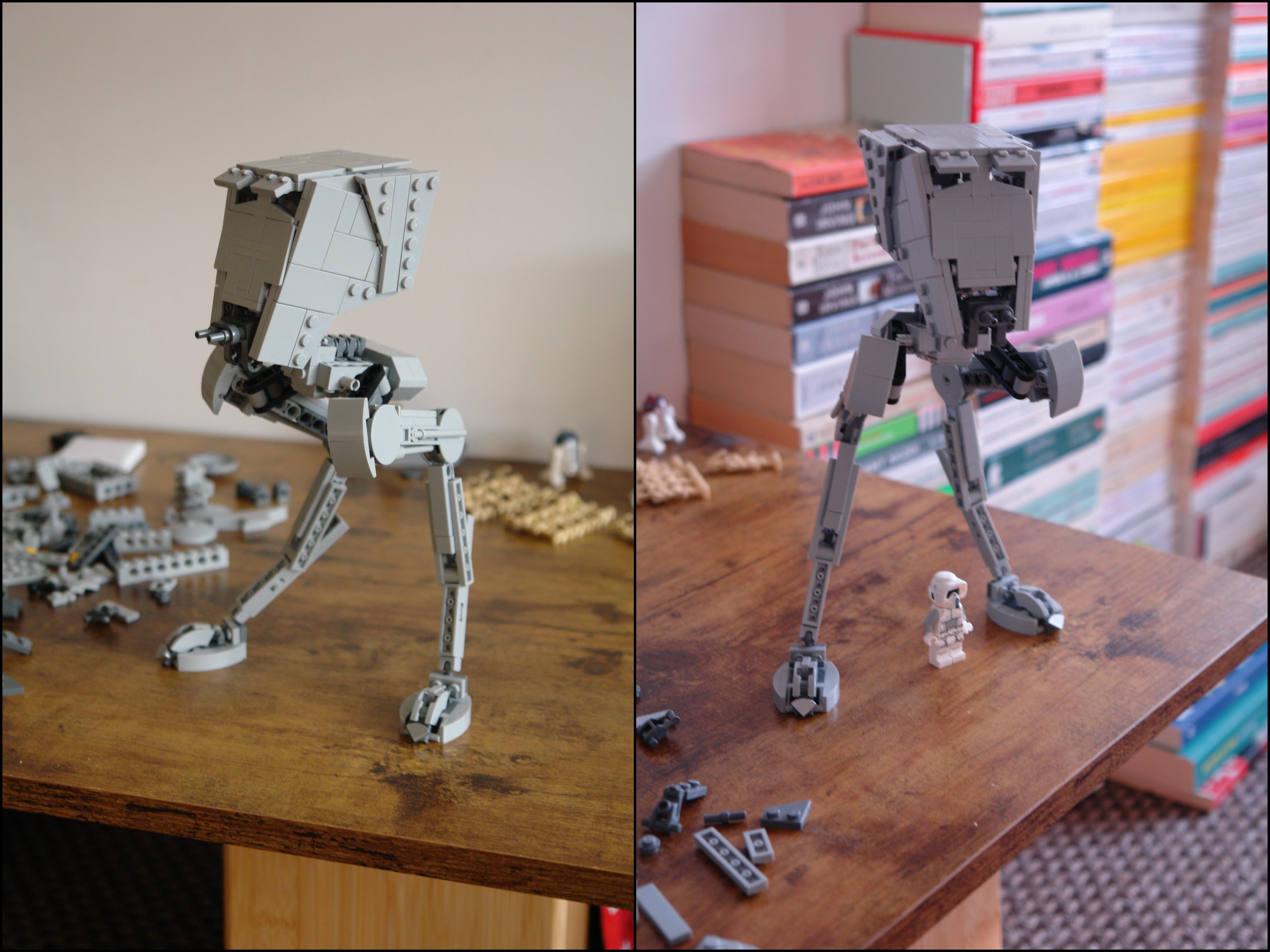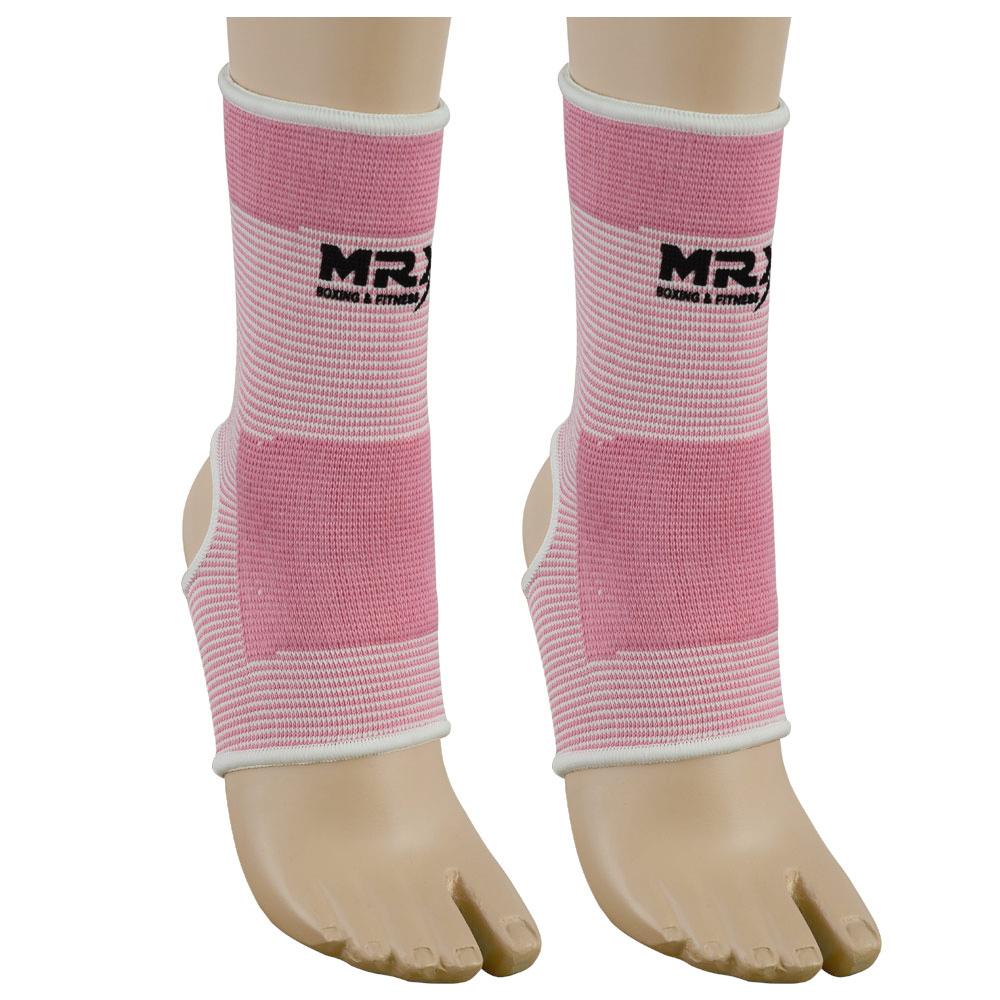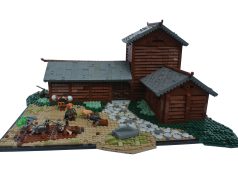In a world where our feet and ankles are often taken for granted, the importance of keeping them strong and resilient cannot be overstated. Whether you’re an athlete pushing your limits, someone who enjoys leisurely strolls, or simply seeking to improve your overall well-being, nurturing the strength and flexibility of your ankles and feet is crucial. Many of us experience the discomfort of weak ankles or tired feet, yet we may not know where to begin in addressing these issues. This article aims to guide you with practical, effective strategies to fortify your foundation, helping you step confidently through every aspect of your life. With empathy and understanding, we’ll explore a range of exercises and tips designed to empower you, fostering a sense of stability and ease that radiates from the ground up.
Understanding the Importance of Strong Ankles and Feet
The foundation of our mobility and balance lies in the strength and flexibility of our ankles and feet. Strong ankles and feet not only enhance athletic performance but also play a crucial role in preventing injuries. By fortifying these often-overlooked areas, you can improve your overall stability and posture.
- Enhanced Balance: A strong base helps maintain equilibrium, especially during activities that require coordination.
- Injury Prevention: By strengthening the muscles and tendons, you reduce the risk of sprains and strains.
- Improved Performance: Whether you’re a runner or a dancer, strong ankles and feet contribute to better performance and endurance.
To visualize the benefits, consider the following comparison:
| Weak Ankles & Feet | Strong Ankles & Feet |
|---|---|
| Frequent balance issues | Stable and confident movements |
| Higher injury risk | Reduced injury occurrences |
| Limited range of motion | Improved flexibility and range |
Understanding the significance of ankle and foot strength is the first step toward a more resilient and agile body. Embrace the journey of strengthening your foundation, and you’ll find a profound impact on your daily life and physical activities.

Identifying Common Weaknesses and How They Affect Your Daily Life
Recognizing the common weaknesses in your ankles and feet is the first step towards strengthening them. Weaknesses in these areas can manifest as discomfort, instability, or even pain during your daily activities. These weaknesses can be caused by a variety of factors, such as poor footwear choices, lack of exercise, or past injuries that haven’t healed properly. Addressing these issues can significantly enhance your quality of life, making everyday tasks like walking, standing, or exercising much more comfortable and enjoyable.
- Balance Issues: Weak ankles can lead to poor balance, increasing the risk of falls and injuries.
- Reduced Mobility: Stiff or weak feet can limit your range of motion, affecting your ability to perform tasks efficiently.
- Chronic Pain: Unaddressed weaknesses can lead to chronic pain in the feet and ankles, impacting your overall wellbeing.
| Common Weakness | Potential Impact |
|---|---|
| Instability | Increased risk of sprains |
| Fatigue | Reduced endurance during physical activities |
| Poor Flexibility | Difficulty in performing exercises or sports |
Understanding how these weaknesses affect your daily life can help you focus on targeted exercises and lifestyle changes to strengthen your ankles and feet. Building strength and stability in these areas not only prevents injuries but also enhances your overall physical health.

Simple and Effective Exercises to Build Strength and Stability
Building strength and stability in your ankles and feet is essential for improving overall balance and reducing the risk of injuries. Here are some simple yet powerful exercises you can incorporate into your routine:
- Toe Raises: Stand with your feet hip-width apart. Slowly lift your heels off the ground and balance on your toes. Hold for a few seconds before lowering your heels back down. Repeat this exercise for 10-15 reps.
- Ankle Circles: Sit or stand and extend one leg in front of you. Rotate your ankle clockwise for 10 circles, then switch to counterclockwise for another 10 circles. Repeat with the other ankle. This exercise helps improve flexibility and range of motion.
- Resistance Band Exercises: Use a resistance band to add strength training to your routine. Place the band around the ball of your foot and gently pull on it while flexing your foot. Hold for a few seconds and then release. Repeat for 8-12 reps on each foot.
Consider the following table for a quick reference to these exercises:
| Exercise | Reps | Notes |
|---|---|---|
| Toe Raises | 10-15 | Hold for stability |
| Ankle Circles | 10 each direction | Enhance flexibility |
| Resistance Band | 8-12 | Increase resistance gradually |
These exercises not only build strength but also contribute to better posture and alignment. Remember, consistency is key, so try to incorporate these exercises into your daily routine. Your feet and ankles will thank you!

Choosing the Right Footwear and Support for Optimal Performance
Finding the perfect footwear is a game-changer for enhancing your foot and ankle strength. Not all shoes are created equal, and the right pair can make a significant difference in your performance. When selecting shoes, look for those that provide ample arch support and a snug heel fit. This will help distribute your weight evenly, reducing unnecessary strain on your ankles. Breathable materials are also crucial, as they help keep your feet cool and dry, preventing blisters and discomfort.
- Cushioning: Ensure your footwear has adequate cushioning to absorb shock.
- Flexibility: Choose shoes that allow natural movement of your foot.
- Traction: Opt for soles that offer good grip to prevent slips.
Consider using specialized insoles or orthotics to provide additional support and correct any biomechanical issues. Here’s a quick comparison of popular insole types:
| Insole Type | Features | Ideal For |
|---|---|---|
| Gel Insoles | Shock absorption, comfort | Running, daily wear |
| Foam Insoles | Lightweight, cushioning | Walking, casual activities |
| Orthotic Insoles | Custom support, alignment | Flat feet, overpronation |
Remember, the best footwear is one that aligns with your specific needs and activities. Investing time in finding the right pair can lead to enhanced performance and a reduction in injuries, empowering you to step confidently into your fitness journey.








































